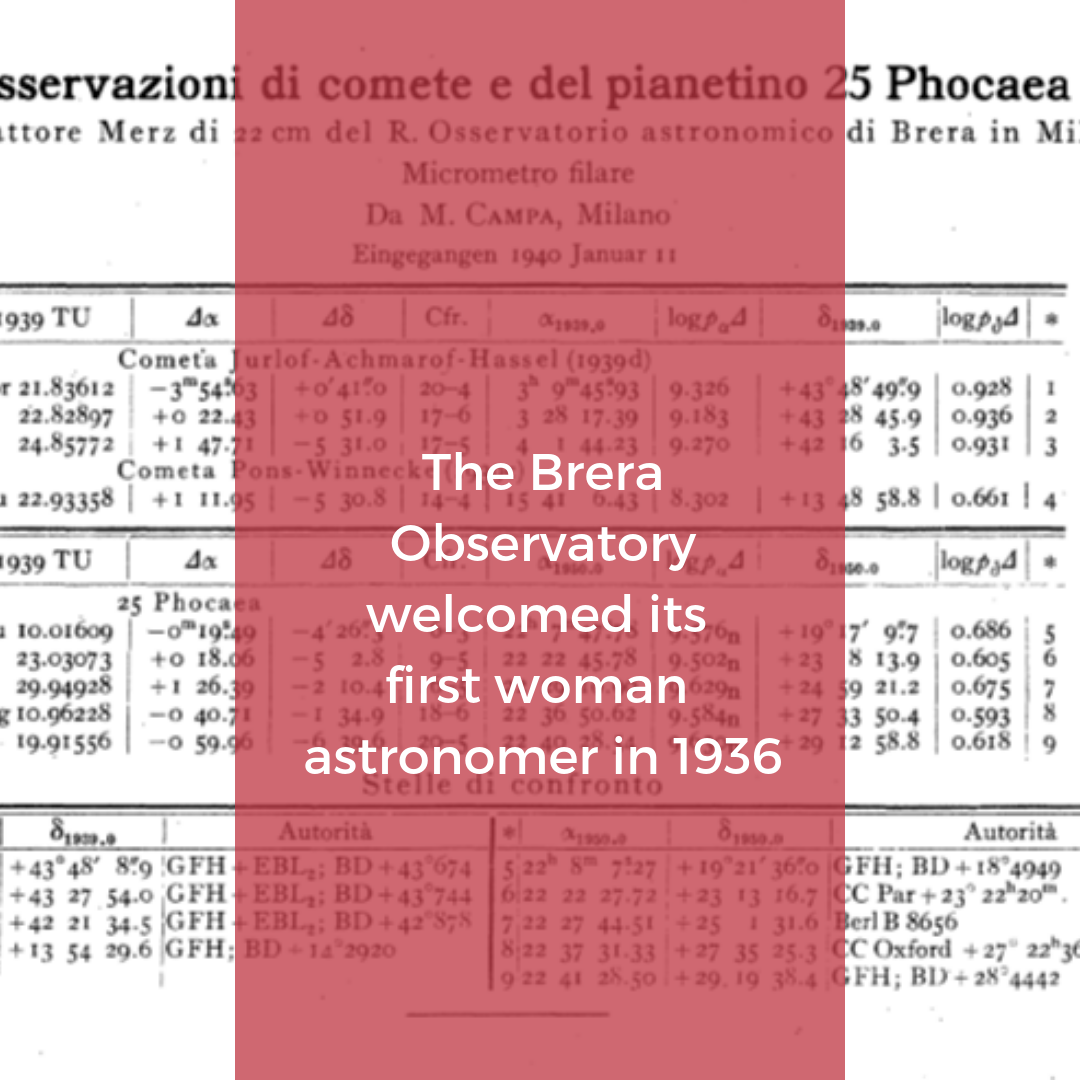
Nel 1936 prese servizio a Brera la prima donna astronomo, assunta cioè come scienziata e non come segretaria o governante. Il suo nome era Maria Campa.
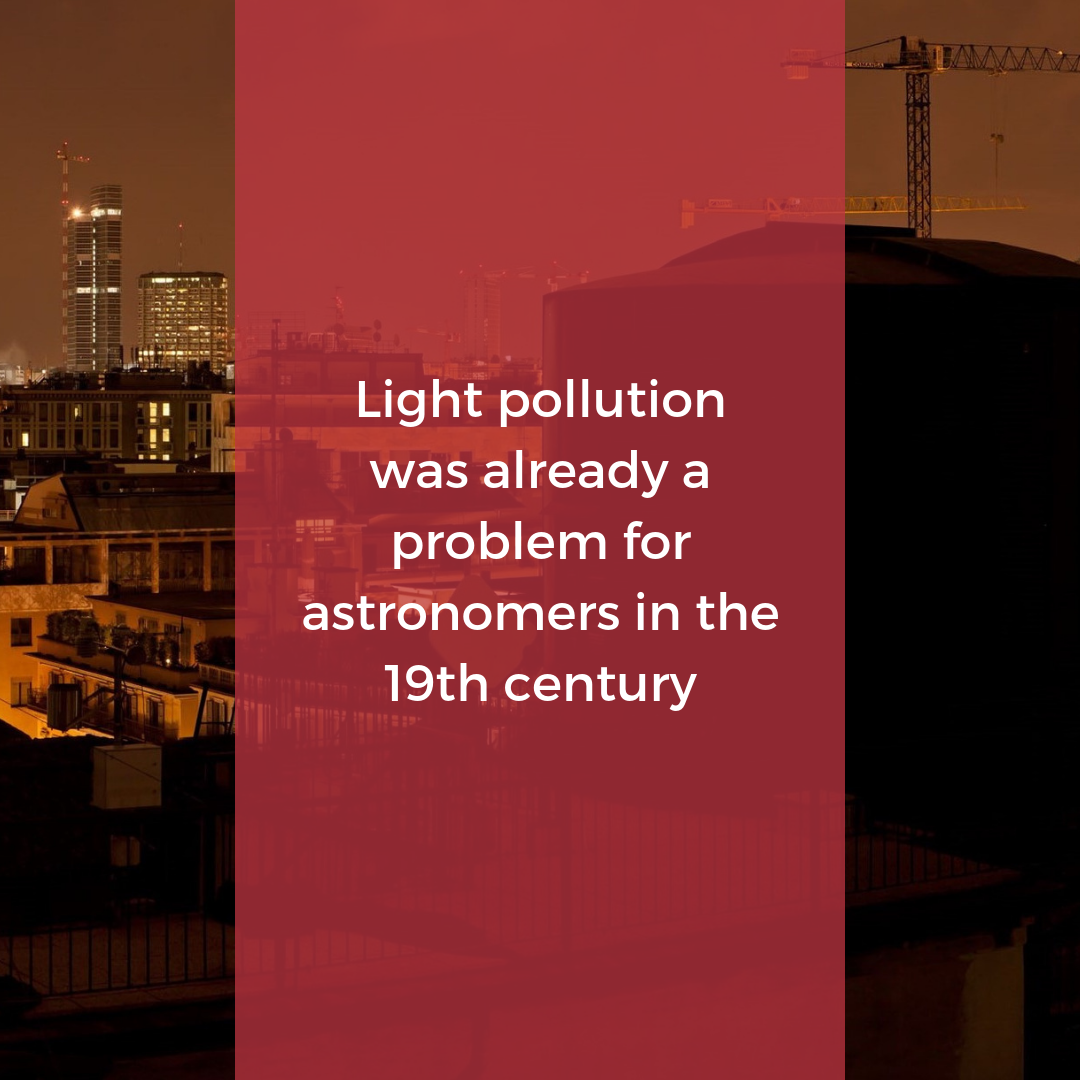
“It is evident that the city, in which the Observatory is located, is rapidly growing in every direction: coal smoke leaves the atmosphere more and more opaque, and the abuse of electric lights takes away most of the darkness of the night.”
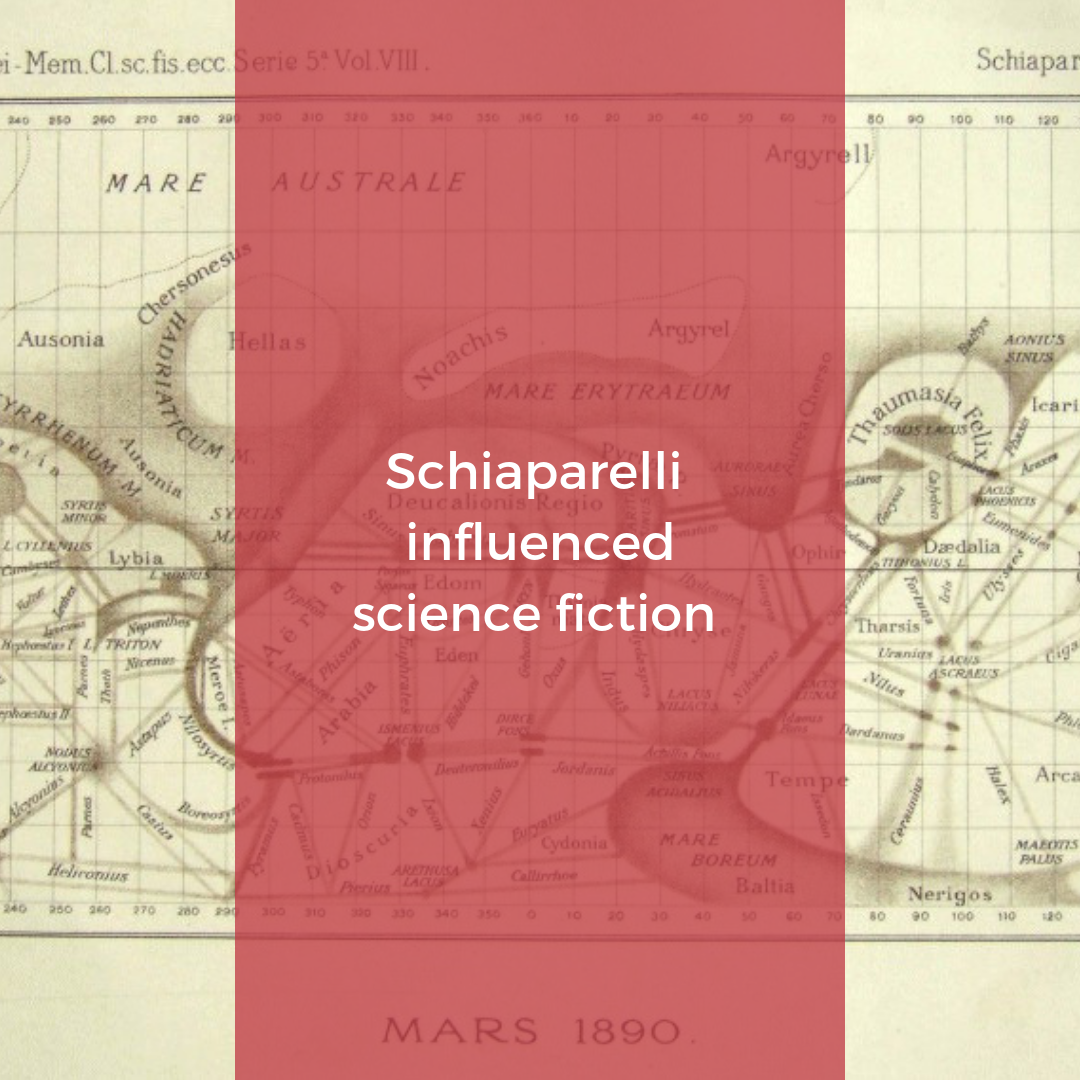
Schiaparelli pubblicò nel 1877 la sua prima mappa di Marte. Tra i molti dettagli nuovi rispetto alle carte in uso all'epoca sul pianeta rosso, c’era una rete di strutture rettilinee, che nelle mappe successive sarebbe diventata sempre più fitta e complessa.
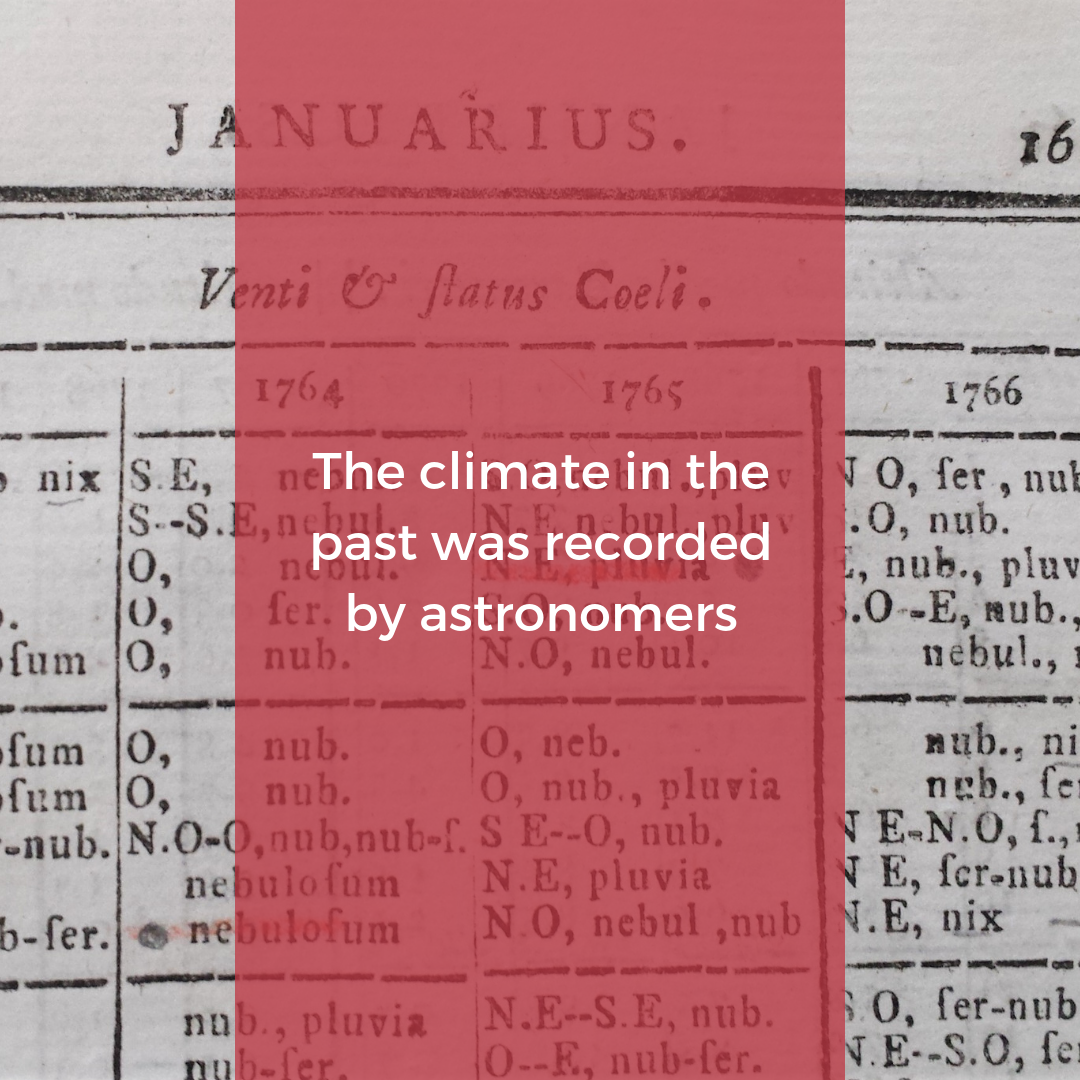
“Questa è l’estate più calda degli ultimi 200 anni.” Chissà quante volte abbiamo sentito frasi simili. Ma come facciamo a sapere che temperatura c’era 200 anni fa? O ancora prima?

Sin dall'antichità le stelle cadenti hanno affascinato il genere umano, ma solo a partire dal Rinascimento si iniziò a studiarle come fenomeno scientifico e non più solo come presagio religioso, spesso infausto. Oggi sappiamo che le stelle cadenti non sono altro che frammenti di comete che cadono e si incendiano nell'impatto con l’atmosfera terrestre, producendo la scia luminosa che osserviamo. Tuttavia questa consapevolezza è molto più recente di quanto si pensi.

Most astronomical observatories have records of meteorological observations, sometimes even complete series of data. Knowledge of the local weather is fundamental to ensure good astronomical observations (for example, to measure the angle of the atmospheric refraction).
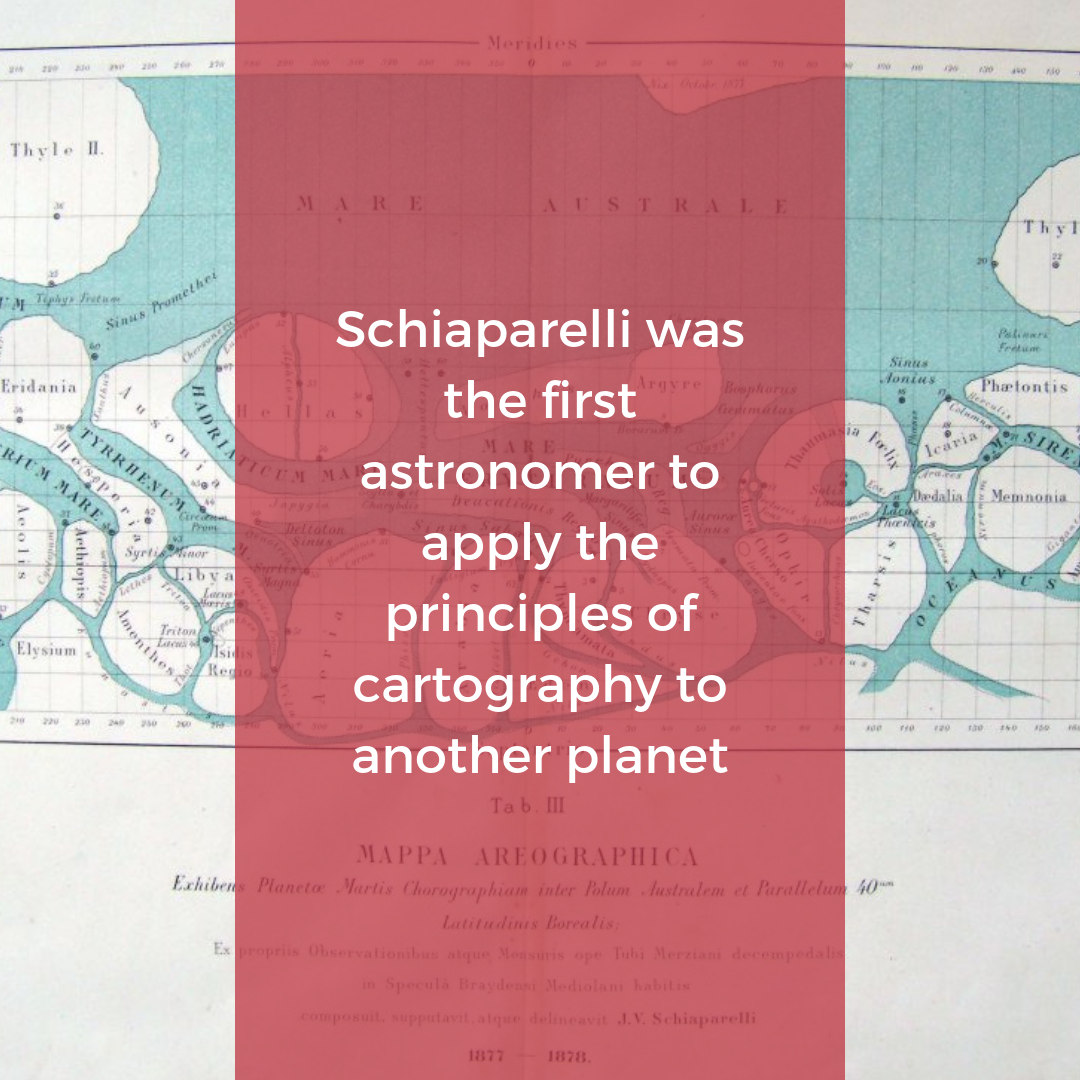
Schiaparelli is famous worldwide for his observations of the planet Mars, which had begun accidentally while he was trying out his new telescope at the Brera Astronomical Observatory (the telescope started operations in 1875).
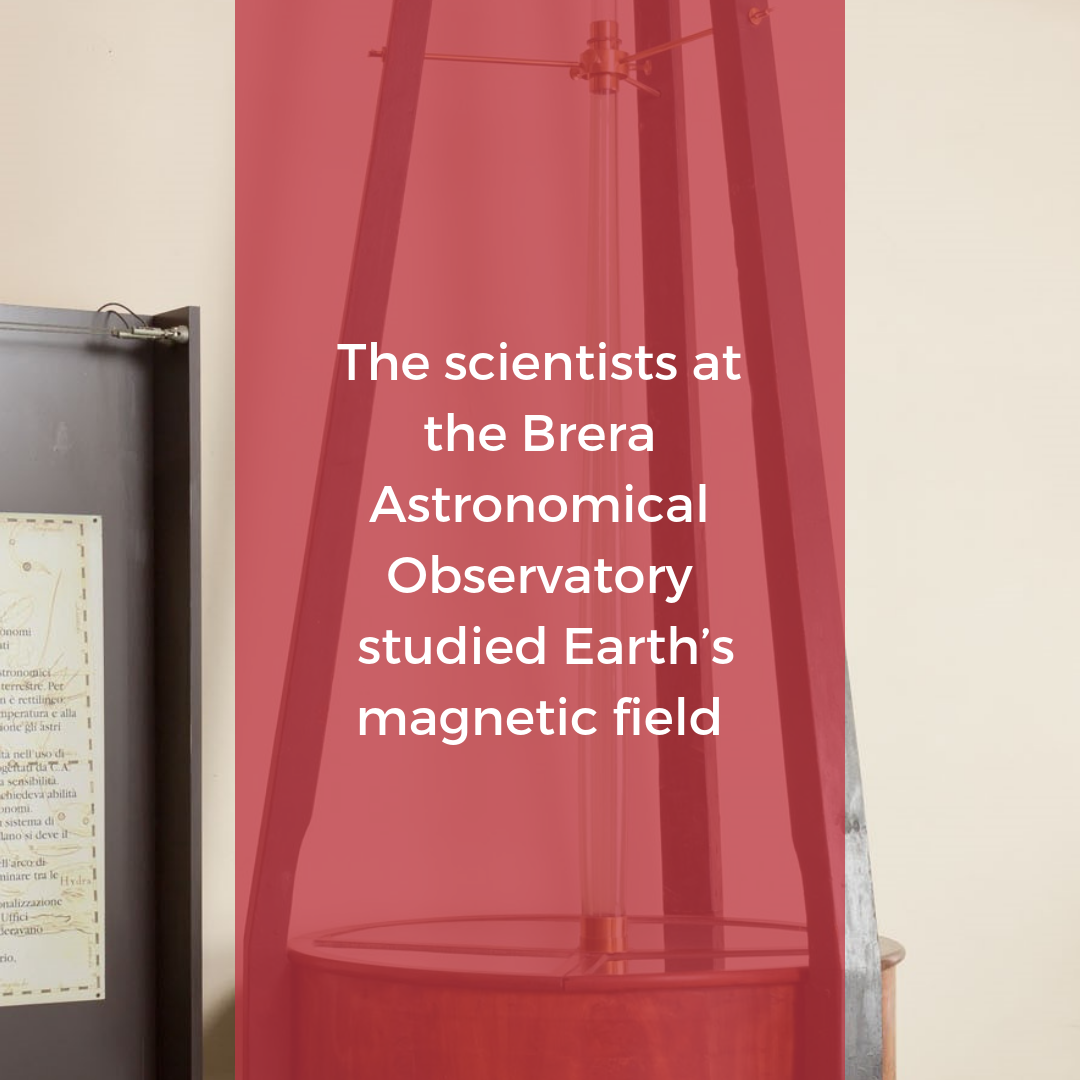
Magnetic fields are generated by electric currents. Just like many other celestial bodies, our planet has its own magnetic field, generated by the motions of the fluid outer core of the Earth, consequent to the Earth’s rotation on its axis.

he positions of stars in the sky have been known and measured for millennia, but the first measure of the distance of a star (besides the Sun) from Earth is less than 200 years old! This incredible endeavor was finally accomplished in 1838 by Friedrich Bessel, when he determined the distance of 61 Cygni: the star measured to be 10.3 ly away from the Sun (100.000.000.000.000 km, or one hundred thousand billion km).









